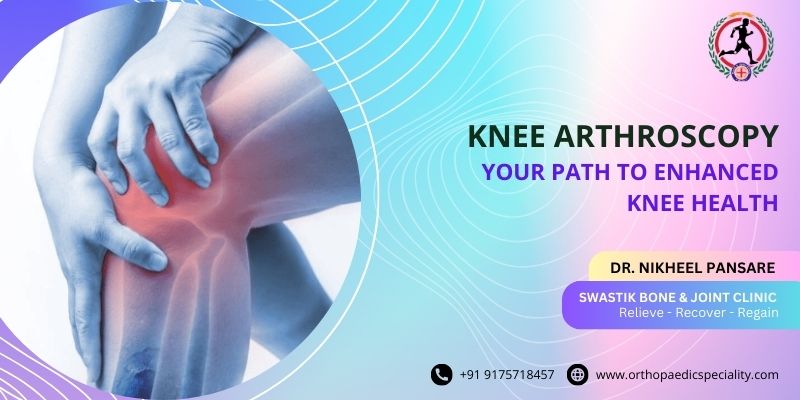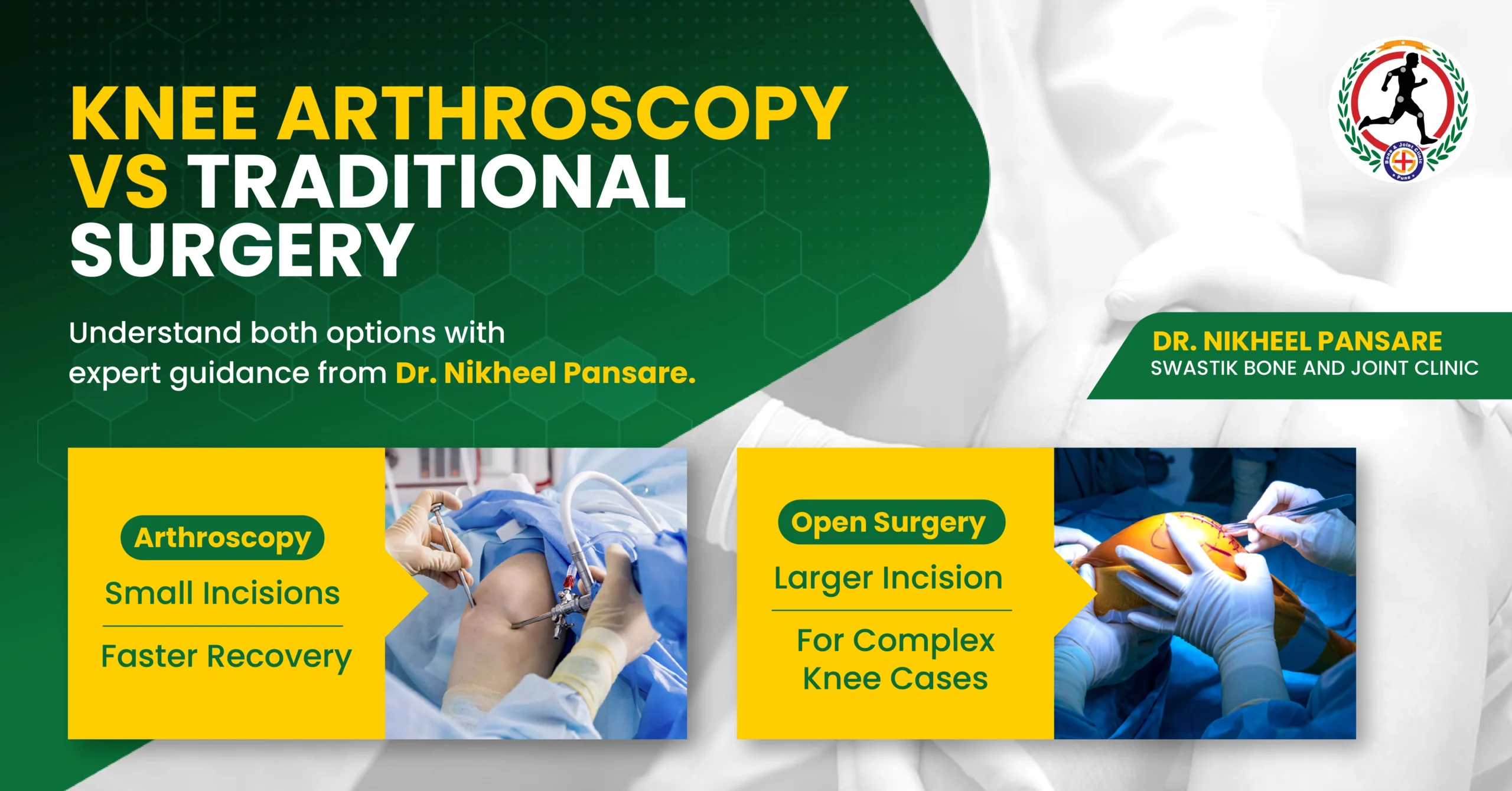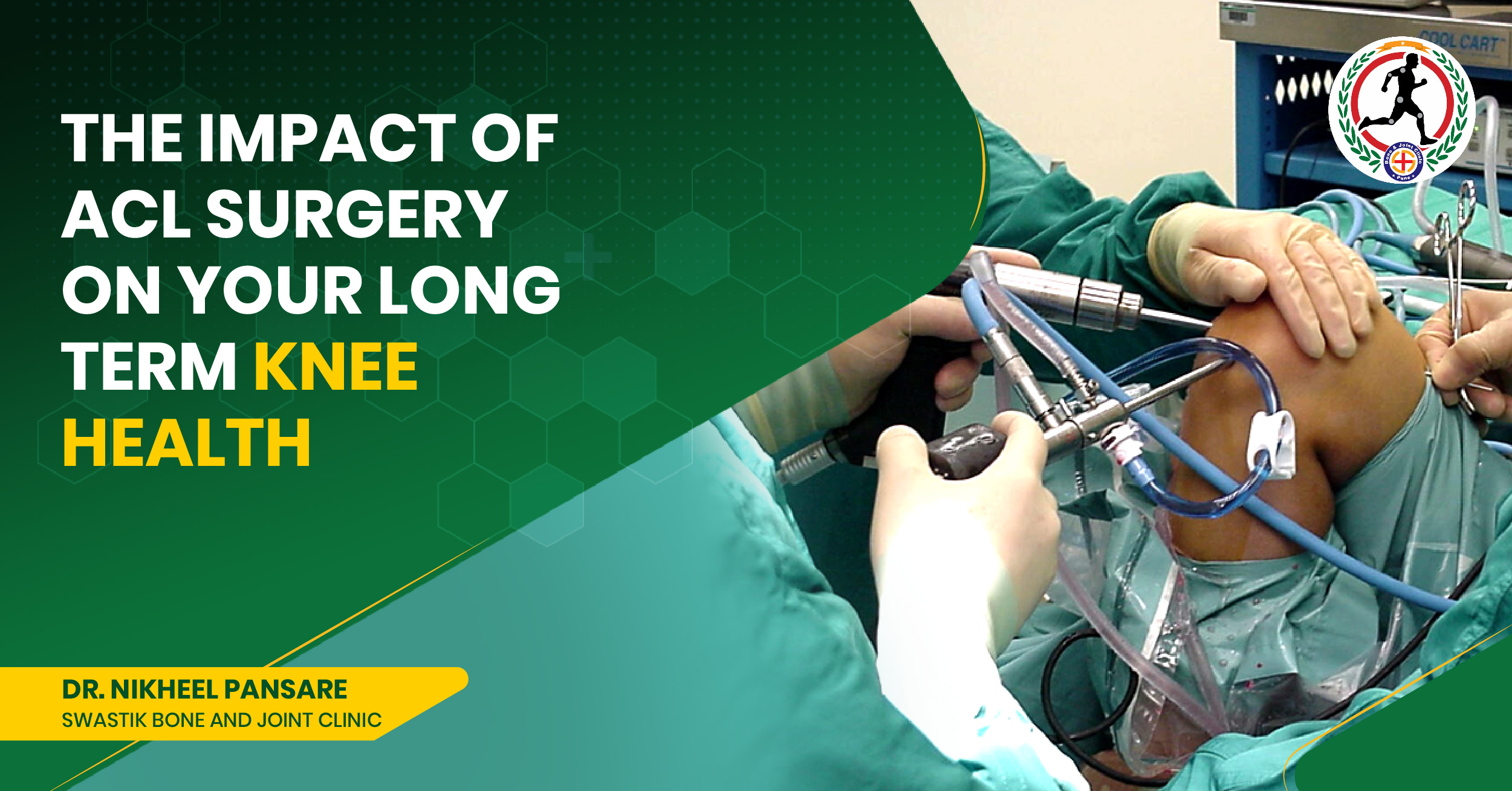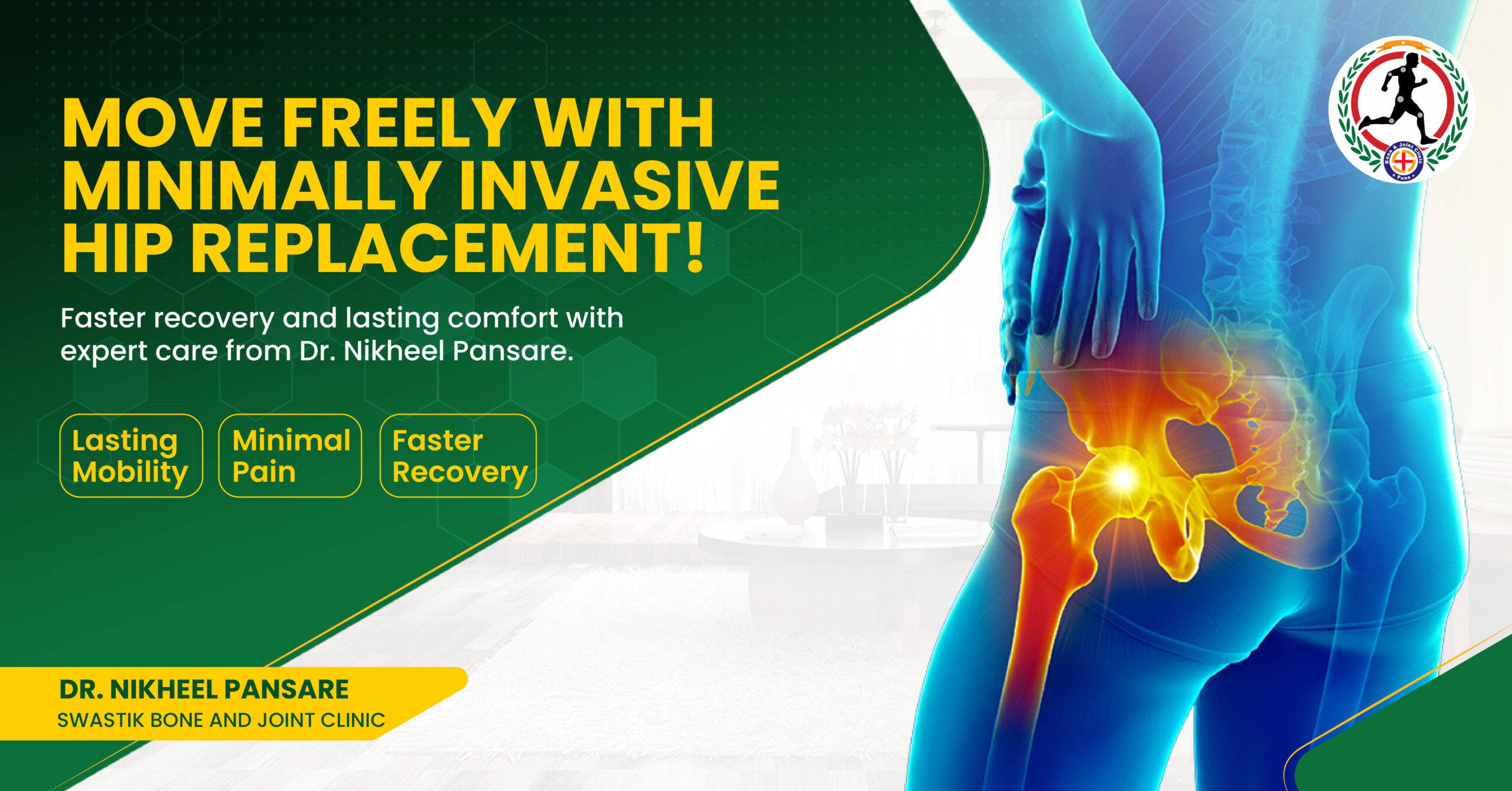Introduction
Knee arthroscopy is a minimally invasive surgical procedure used to diagnose and treat a variety of knee joint conditions. Led by orthopedic surgeon Dr. Nikheel Pansare, Swastik Bone and Joint Clinic in Viman Nagar near Kharadi offers state-of-the-art knee arthroscopy services. Let’s explore this procedure in detail, from its purpose to its benefits and recovery process.
Understanding Knee Arthroscopy
Knee arthroscopy, also known as keyhole surgery, involves inserting a small camera called an arthroscope into the knee joint through tiny incisions. This allows the surgeon to visualize the inside of the knee and perform necessary treatments or repairs with precision.
Purpose of Knee Arthroscopy
Knee arthroscopy serves multiple purposes, including diagnosing and treating conditions such as meniscus tears, ligament injuries, cartilage damage, and synovitis. It is a versatile procedure that enables the surgeon to address various knee problems effectively.
Benefits of Knee Arthroscopy
One of the primary benefits of knee arthroscopy is its minimally invasive nature, which results in smaller incisions, less tissue damage, and faster recovery compared to traditional open surgery. Other advantages include reduced postoperative pain, shorter hospital stays, and quicker return to normal activities.
Preparation for Knee Arthroscopy
Before undergoing knee arthroscopy, patients undergo a thorough preoperative evaluation, including physical examination, imaging studies, and medical history review. They may also receive instructions on preoperative fasting and medication adjustments.
The Knee Arthroscopy Procedure
During knee arthroscopy, the patient is placed under regional anesthesia to ensure comfort throughout the procedure. The surgeon then makes small incisions around the knee joint and inserts the arthroscope and surgical instruments. Through real-time imaging, the surgeon identifies and addresses the underlying knee issues.
Recovery and Rehabilitation
Following knee arthroscopy, patients are monitored in the recovery area for some time. They may experience some discomfort, swelling, and stiffness in the knee region, which can be managed with pain medications and rest. Physical therapy plays a crucial role in the rehabilitation process, helping patients regain strength, flexibility, and mobility in the affected knee.
Conclusion
In conclusion, knee arthroscopy is a valuable tool in the diagnosis and treatment of various knee joint conditions. Led by expert orthopedic surgeon Dr. Nikheel Pansare, Swastik Bone and Joint Clinic in Viman Nagar offers comprehensive knee arthroscopy services to help patients achieve optimal knee health and function. If you’re experiencing knee pain or discomfort, schedule a consultation with Dr. Nikheel Pansare to explore your treatment options and embark on your journey toward improved knee health.
Knee arthroscopy is a minimally invasive surgical procedure used to diagnose and treat a variety of knee joint conditions. Led by orthopedic surgeon Dr. Nikheel Pansare, Swastik Bone and Joint Clinic in Viman Nagar near Kharadi offers state-of-the-art knee arthroscopy services. Let’s explore this procedure in detail, from its purpose to its benefits and recovery process.
Understanding Knee Arthroscopy
Knee arthroscopy, also known as keyhole surgery, involves inserting a small camera called an arthroscope into the knee joint through tiny incisions. This allows the surgeon to visualize the inside of the knee and perform necessary treatments or repairs with precision.
Purpose of Knee Arthroscopy
Knee arthroscopy serves multiple purposes, including diagnosing and treating conditions such as meniscus tears, ligament injuries, cartilage damage, and synovitis. It is a versatile procedure that enables the surgeon to address various knee problems effectively.
Benefits of Knee Arthroscopy
One of the primary benefits of knee arthroscopy is its minimally invasive nature, which results in smaller incisions, less tissue damage, and faster recovery compared to traditional open surgery. Other advantages include reduced postoperative pain, shorter hospital stays, and quicker return to normal activities.
Preparation for Knee Arthroscopy
Before undergoing knee arthroscopy, patients undergo a thorough preoperative evaluation, including physical examination, imaging studies, and medical history review. They may also receive instructions on preoperative fasting and medication adjustments.
The Knee Arthroscopy Procedure
During knee arthroscopy, the patient is placed under regional anesthesia to ensure comfort throughout the procedure. The surgeon then makes small incisions around the knee joint and inserts the arthroscope and surgical instruments. Through real-time imaging, the surgeon identifies and addresses the underlying knee issues.
Recovery and Rehabilitation
Following knee arthroscopy, patients are monitored in the recovery area for some time. They may experience some discomfort, swelling, and stiffness in the knee region, which can be managed with pain medications and rest. Physical therapy plays a crucial role in the rehabilitation process, helping patients regain strength, flexibility, and mobility in the affected knee.
Conclusion
In conclusion, knee arthroscopy is a valuable tool in the diagnosis and treatment of various knee joint conditions. Led by expert orthopedic surgeon Dr. Nikheel Pansare, Swastik Bone and Joint Clinic in Viman Nagar offers comprehensive knee arthroscopy services to help patients achieve optimal knee health and function. If you’re experiencing knee pain or discomfort, schedule a consultation with Dr. Nikheel Pansare to explore your treatment options and embark on your journey toward improved knee health.







